White bloom on grapes

The appearance of a white bloom on the grapes is a sign of the disease. If you do not respond in time and do not take the necessary action, then the vine may even die over time. In this article, we will take a closer look at the causes of the appearance of white bloom on grapes, preventive measures and treatment.
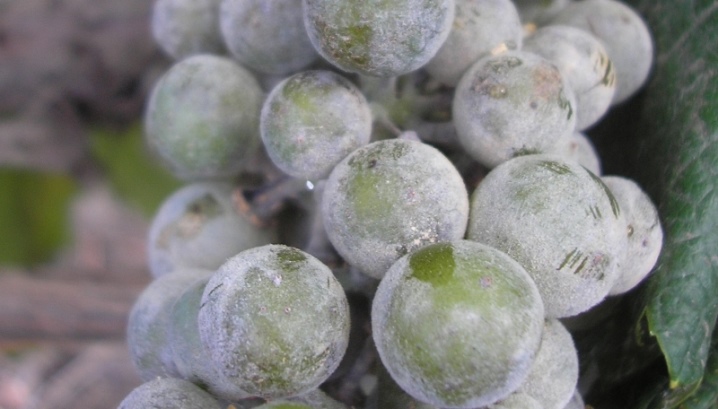
Reasons for the appearance
White bloom can appear on both leaves and berries. The root cause is usually various fungal diseases. If a white bloom appeared on green leaves, then the plant could become infected with diseases such as Alternaria, powdery mildew or downy mildew.
Grapes can become infected with the fungus due to several factors.
- The vine is planted quite densely. With such a planting, the plants lack nutrients and sunlight, in addition, dew keeps on the leaves for a long time.
- Insufficient fertilization. Usually, grapes cannot grow on poor soil, they soon turn yellow and may die altogether. It is the diseased bushes that are covered with fungus. For normal development, grapes need mineral fertilizers. It is worth remembering that excess can also be a cause. For example, a large amount of nitrogen ensures active growth of greenery, as a result of which soft shoots are prone to diseases.
- Lack of proper soil care. Gardeners recommend in the fall, when the berries are harvested, to dig up all the soil under the vine to a depth of 30 cm, while leaving the lumps. But the weeds must be removed. In spring, the soil needs to be loosened, in addition, this procedure must be performed in the summer in order to remove the crust after the rainy season, since it is it that interferes with the flow of oxygen. And it is imperative to fertilize the soil with mineral and organic additives.
- The presence of weeds and last year's foliage. Fallen leaves are not recommended to be left under the grapes, they must be collected and removed immediately, because they may contain insect larvae or fungal spores. In addition, foliage retains moisture, and fungus usually develops in such an environment.
- Lack of sunlight and fresh air. Usually, in such conditions, the grapes begin to wilt, microorganisms begin to multiply on its leaves.
- Inappropriate weather. The plant thrives on those areas where there is a limited amount of rainfall. Grapes are not afraid of drought. But at night, light rains and warm daytime weather contribute to the development of fungal diseases. If the air temperature rises above +30 degrees, then the possibility of infection is significantly reduced.
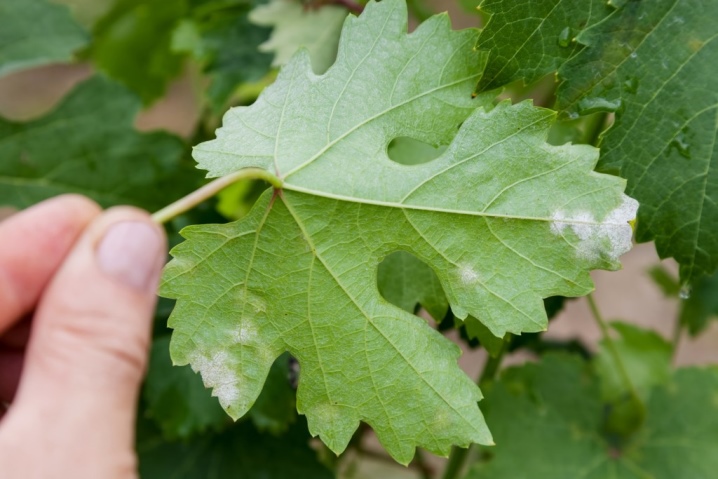
Important! If the grapes were covered with a white bloom at the beginning of the summer period, then there is only one explanation - in the spring few chemicals were used. If the air temperature is about +25 degrees, and the rain continues for more than 6 hours, then this is the optimal conditions for the development of fungal diseases.
It is necessary to familiarize yourself with the main diseases, the symptom of which is the formation of white bloom on the grapes.
- Oidium. This disease can affect all grape varieties without exception. Initially, small specks of white become noticeable on the buds, then they appear on the leaves, berries and shoots. Over time, leaves, and inflorescences, and shoots dry up. White spots are already turning into plaque, it seems that the grapes are sprinkled with flour. Anamorphic marsupial fungus is the causative agent of this infectious disease.It reproduces quite actively at high humidity and warm air temperatures, and in winter it is in the waiting phase, settling in fallen leaves, and in the spring it attacks again.

- Mildew, or downy mildew. This disease is manifested by the formation of a white cannon on the back of the leaves, later the plaque turns brown. The causative agent of this disease is the fungus Plasmopara viticola. With the development of the disease, not only leaves suffer, but also shoots, inflorescences and ovaries. Poor ventilation, high humidity and warm temperatures are the main causes of the development of this disease. Fungal spores can be wind-borne. The basic rules of prevention, including the treatment with Bordeaux liquid, will help prevent the development of the disease.
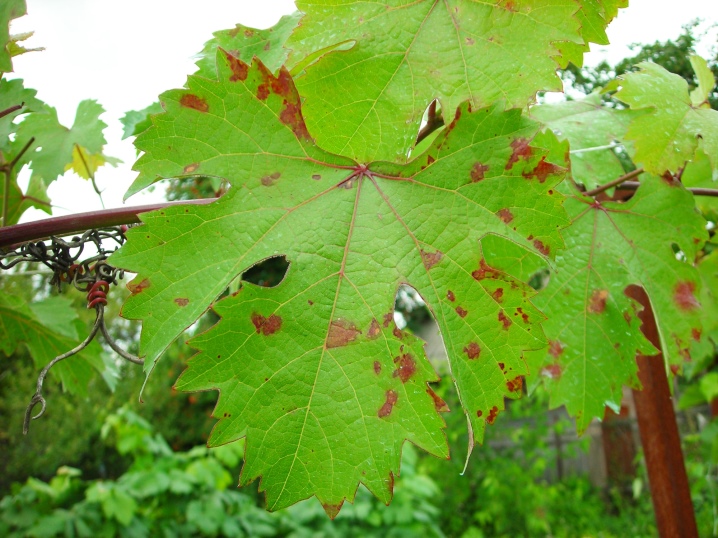
- Alternaria With this disease, silvery spots are formed on the leaves. A metallic sheen appears on the berries, their taste changes. In winter, fungal spores persist in the upper soil layer, and in spring they again infect the plant. In addition, apple, potato and tomato can also develop this disease. Gardeners recommend processing "Trichodermin" to cope with Alternaria.
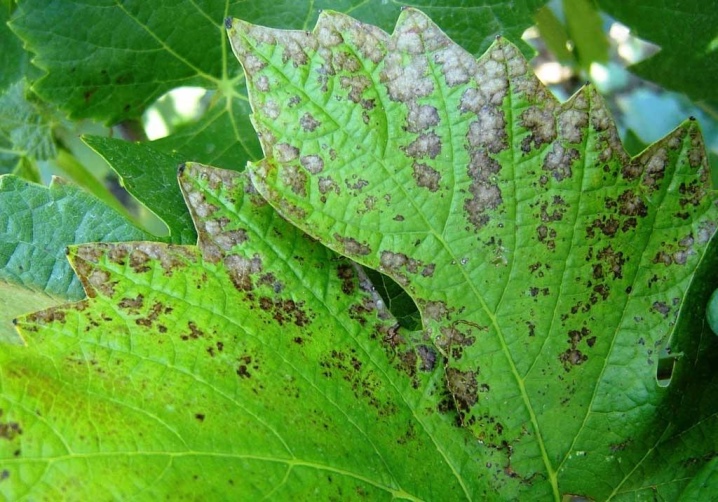
- Aspergillus rot. This disease usually appears on berries, which are covered with light specks. This kind of rot becomes very active in the heat, when the air temperature exceeds +30 degrees. Initially, the berries begin to crack, then turn white and turn brown.
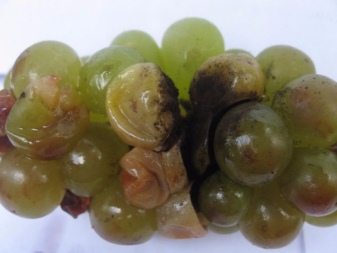
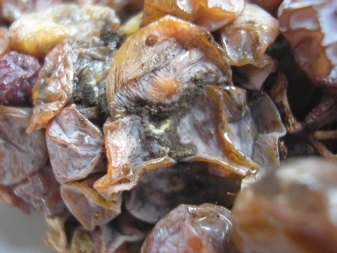
- Felt mite, or grape itch. The first signs are white formations on the back of the leaves, which look like felt. When the tick's saliva hits the leaf, a white fluff forms, which eventually turns brown. Ticks mainly affect the lower leaves, but with severe infestation, they can rise even higher. These parasites are capable of carrying various infectious diseases. Usually a tick is visible on a leaf, therefore, when it is found, it is recommended to proceed to active actions. It can overwinter in grape buds, and give up to 7 generations per season. Acaricides help control this pest.
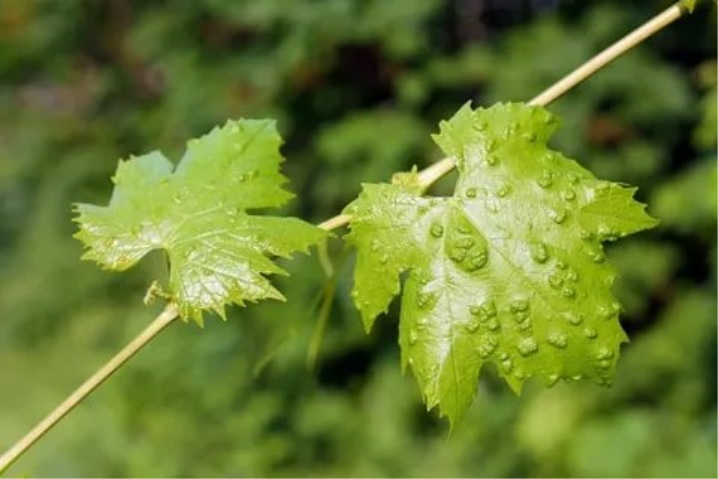
- Gray rot. This disease is primarily dangerous for red grapes, since rot destroys the coloring pigment. When damaged, the entire bush suffers, a raid of gray or brown hue is formed. If you do not fight this disease, the berries will rot. First of all, unripe fruits that are already spoiled by caterpillars, as well as overripe berries, suffer. In hot weather, gray rot becomes less active.
An excellent preparation is Bordeaux liquid in tandem with liquid soap. If the disease is recognized in the spring, then preparations containing copper can be used.

- Chlorosis. The lack of the required amount of iron is commonly called iron chlorosis. Usually, light spots form around the veins on the leaf. It is recommended to spray the grapes with a 0.5% solution of ferrous sulfate. Overly alkaline soil can be the cause of the development of chlorosis.
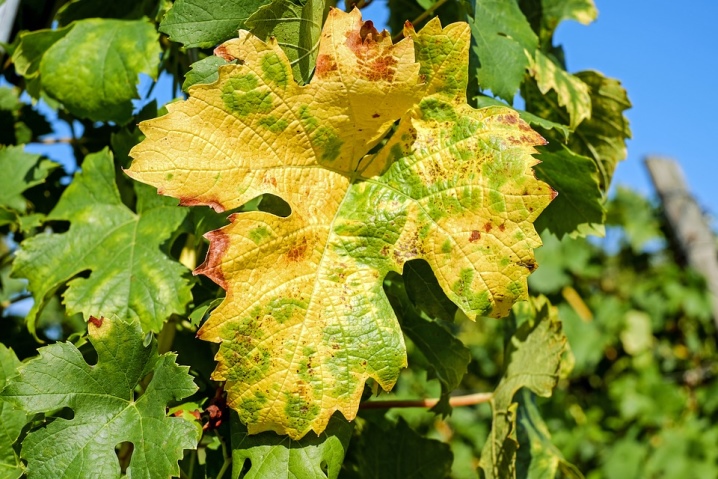
Treatment
If a white bloom has become noticeable on the grapes, you should immediately proceed to active actions. If fungal diseases are the cause, then the affected parts must be removed. And then it is recommended to treat the vine with fungicides. Many gardeners use a sulfur solution to treat grapes, since it is one of the safest.
If the disease has not yet had time to strongly affect the grapes, then the sulfur solution will allow you to defeat the white bloom.
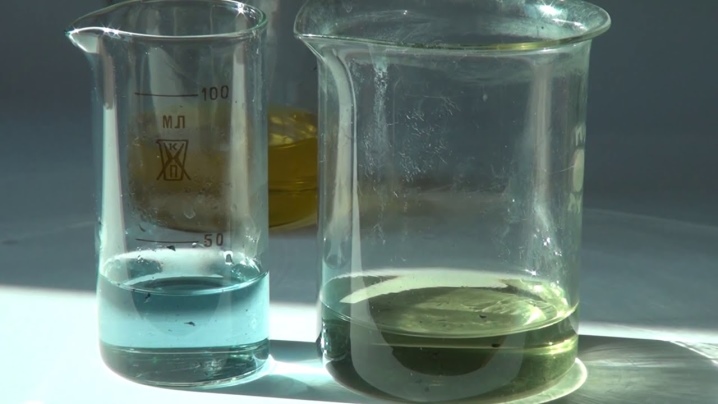
To prepare this solution, you will need 30 grams of sulfur for 10 liters of water. The solution should be mixed well, filtered and poured into a sprayer. They need to process both leaves and bunches. External factors must also be taken into account. So, the air temperature should be above +20 degrees on the day of processing, then the sulfur will begin to evaporate, forming a kind of cloud.To avoid sunburn on the leaves of the plant, processing should be done only on a cloudy day, preferably in the morning or evening.
If the disease has spread throughout the grapes, attention should be paid to strong chemical fungicides. It could be Thanos or Ditan.
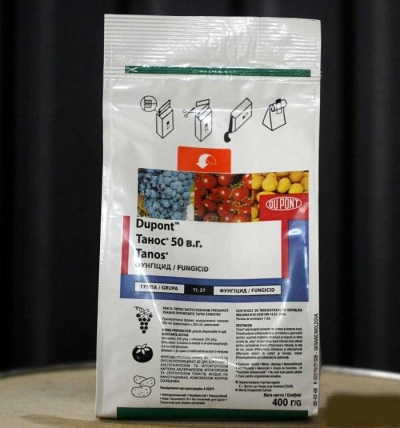
But they can be used no later than a month before harvest.
If you are looking for biological products that do not harm the environment, then you should opt for such products as Albit, Novosil, Guapsin or Trichovit. If folk remedies are of interest, then soda, potassium permanganate, wood ash, whey or iodine are usually used.
To prepare a solution from ash for processing grapes from white bloom, you need to take 1 kg of wood ash in a bucket of water. Further, such a solution should be infused for 72 hours. Then add 1 liter of solution, laundry soap (3 tablespoons) to a bucket of water, then filter and proceed to spraying.

Preventive measures
To prevent the appearance of white bloom on the grapes, it is recommended to take the following preventive measures:
- grapes need sanitary pruning, which must be carried out every spring and autumn;
- all damaged and dead branches should be removed;
- good ventilation must be provided, so the branches should be tied up;
- all fallen leaves and berries must be removed every autumn so that fungal spores do not accumulate in them;
- cultivation should be carried out every spring and autumn;
- every month it is recommended to spray the vine with a 1% solution of copper sulfate;
- grapes do not like strong watering, it can only be produced when the soil has become dry by about 5 cm in depth;
- it is recommended to regularly carry out mineral fertilizing using foliar and root methods;
- for preventive purposes, it is worth spraying the vine with a solution of potassium permanganate, for this, 10 crystals of potassium permanganate will be required for 1 liter of water, the solution should be pale pink, the treatment must be carried out before the flowering of the grapes;
- if there are already infected plants, then they need to be dug up and burned, and then the soil is dug up, treated with fungicides and wait 2 years;
- if the grapes get sick with chlorosis, then you need to create maximum air permeability, the soil should be drained and a little expanded clay should be added, while it is necessary to abandon the use of manure, plant lupine or alfalfa nearby, the root system can be treated with iron vitriol, and the leaves with iron chelate;
- for prophylactic purposes, grapes are treated with such fungicides as "Strobi", "Falcon" or "Topaz", about 7 days before flowering, they should be re-treated, before wintering, Bordeaux liquid is used for spraying.
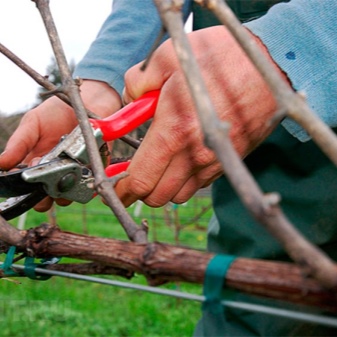
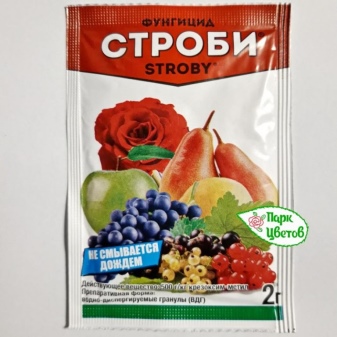













The comment was sent successfully.